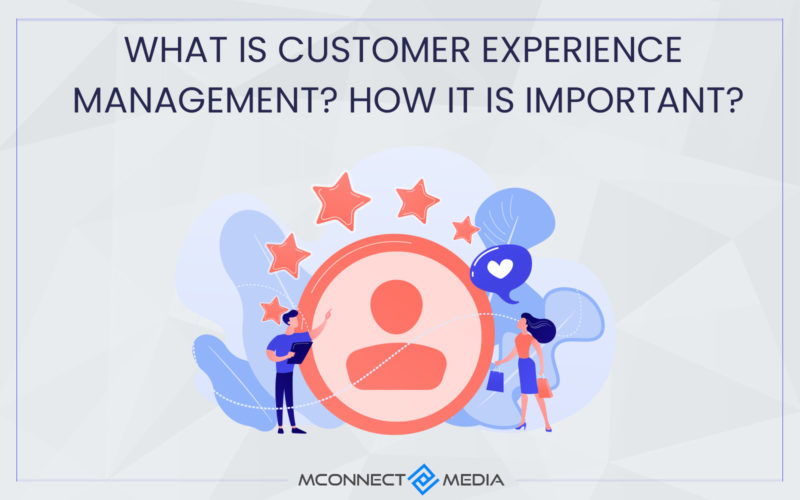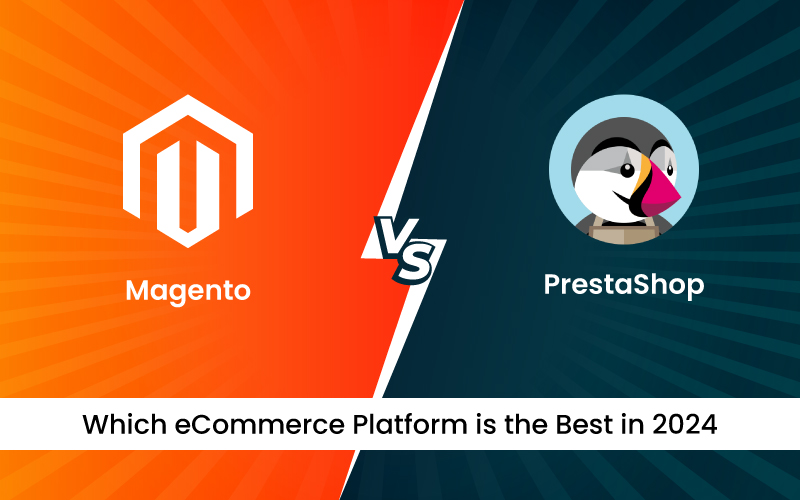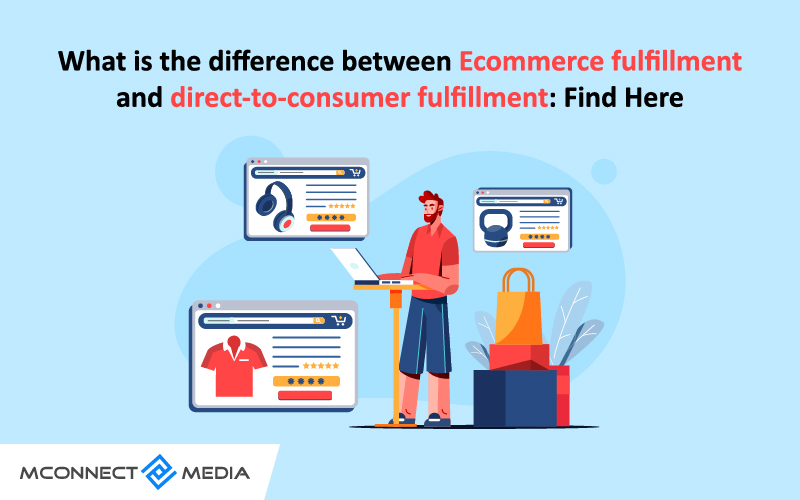Customer experience can be defined as a relationship or experience of the customer while buying the product or getting service. Pretty easy! In general, it could be the feeling or reaction of the customer to the product which is related to the purchasing process.
According to Gartner’s definition, Customer experience management (CXM) is the discipline of understanding customers and deploying strategic plans that enable cross-functional efforts and customer-centric culture to enhance satisfaction, loyalty, and advocacy.
Customer experience management is all about delivering more than your online customers ask. It’s like you yourself are a customer as you know everything about them like where they shop and what brand they choose. Meanwhile, it is the method to know your customers completely so that you can create and deliver better experiences that will entice them to not only remain constant to you but also to evangelize to others about you. And that’s the biggest form of MARKETING.
Ultimately, the way you think about customer experience has probably an impact on how you look at your business as a whole. This is why a positive customer experience is a must and important. The touchpoints that create the customer experience are people and products. These are some common examples of factors that play a vital role in creating a great customer experience.
Customer experience can never be in perfect form because it can always be improved. Customer experience is something, which is measured relative to other companies and no company can deliver a perfect customer experience.
Why is Customer Experience Management Important?
Customer experience is the key factor of any brand to promote brand sales. With the right strategy and plan, customer experience management will be very powerful and effective. But at the same time, the wrong way can lead you to failure.
According to Microsoft, 58% of customers will switch companies because of poor customer service.
The concept of customer experience management is like “Listen more”. As much as you listen and solve customer’s problem as much you can earn both money and respect for yourself and brand. In fact, in today’s competitive market, customer experience has become a crucial differentiator. Here are the reasons why should you put customer experience management strategy into practice as soon as possible.
Customer After-sales Service Always Work Best
Yes, it always works because if you are providing customer service support after sales then they may feel like you care about them and that’s how they will show more interest in buying from you only instead of others. Research by Accenture has also shown that 91% of customers are more likely to buy from brands who care, remember, and provide them with relevant offers and recommendations.
Customer Feedbacks Drives Brand’s Revenue
Leadership expert Ken Blanchard has coined well for customer feedback. What he wrote about customer feedback is that Feedback is the Breakfast of Champions. This means what you will do without knowing what your customer thinks about your brand and where they are frustrated.
The feedbacks of your customers play a vital role in the brand’s growth. The feedbacks are in different forms whether it be website feedback, service feedback, and app feedback. Hence, this is one of the most important benefits of customer experience management.
Happy Customers Evangelize to others About You (Marketing)
Customers who are happy with your product/service will promote your brand without requesting you to do whether with friends, family, or loved ones. This is nothing but marketing or advertising which impacts a lot in stimulating the buying decisions.
Well, these sweet efforts of your existing customers will evangelize others who are not your customer yet but likely to with endorsement. And that’s how you no longer have to spend in marketing your company’s brand and that will save money and time.
Customers are the Source of your Competitor’s Information
This might sound impossible but customers can help you gain knowledge about your competitors. Well, customers often compare brands to brand to choose one that’s perfect for them before making any purchases. They consider brand comparing first before submitting feedback and that’s how they can acknowledge you by giving views about other brands.
How to Manage Customer Experience Management?
Before learning some measures to create a good customer experience management system, every business needs to build a customer experience team to implement those steps. The team that monitors and develops consistent, constant customer experience improvements.
Customer experience management can be done by a good customer experience strategy, which differs from firm to firm and largely depend on the nature of the business. However, these are the common factors that can be managed which in turn manage a positive result of customer experience.
1. What are your customer requirements and behavior?
The first step in creating a customer experience management strategy is to know what your customers are looking for and gaining a good understanding of their needs and behaviors. The customer experience management team can help you in this as they outline customer profiles to learn how to market to target customers. Meanwhile, they create a blueprint with some demographics factors like age, income, interest, and shopping habits.
2. Build Customer Journey Map
Second, in the customer experience management process, build a customer journey map and then capture touchpoints and hobbies. This map contributes to define customer touchpoints and predict how customers would interact with your product and service. Also, it can help in customer retention in the long run.
3. Design the Brand Experience
Third, this is all about emotion or emotional connection, it addresses the feelings that you want to evoke in customers in their experience with the brand. To develop an emotional connection, it is important to have a clear vision of the brand’s identity and values. These are often considered as promises which will underpin the customer experience to what they can expect from the relationship with the brand. Positive emotions draw the customer into a good relationship with the brand. This stage also reflects who delivers the experience, their behaviors, and what the brand represents when working with customers.
4. Measure the Performance
Last but not least is to measure the performance. There are many ways you can measure customer experience or the measurement of the return on the investment in financial terms. These are the common measures
- Periodic customer satisfaction survey to measure the performance of customer experience.
- The occasion-based survey.
- The tracking survey to track perceptions and performance on key measures.
That said, to deliver this customer experience, you need to understand customer needs and wants. You also must create an emotional connection between your brand and customers, putting them in the middle of marketing plans. To give you an idea of how to achieve this, let’s round up the best customer experience example.
Adidas: – Digital Customer experience
There was a time when Adidas started suffering a decline in sales, what they did is changed their digital customer experience as a part of customer experience management.
They started realizing that most of the customers were shopping online compared to offline. Adidas ended up pouring resources into a simple and customer-centric experience by customizing it’s messaging and content based on data insight and user engagement.
The company started to “Listen more” tactic by making an effort to listen to their customers and providing them with a more streamlined experience. This introduced them to a desire for more sustainable goods from customers.
What you should learn from this customer experience management example? That you should listen to what your customers are asking for and then implement changes as possible as you can. Also, you can change your company’s growth trajectory and introduce yourselves as a leader in the market.
End of the Story!
Above was the complete guide of Customer experience management (CXM), its importance, and how to manage the customer experience in your business. Now, we hope you understand the aim of CXM (customer experience management) and why it matters a lot.
Do you also want to improve your store customer experience? M-connect Media can help you by buildings an eCommerce website that delivers a world-class digital experience to your customer and profit to your business. For more details, get in touch with our eCommerce consulting service team.

















